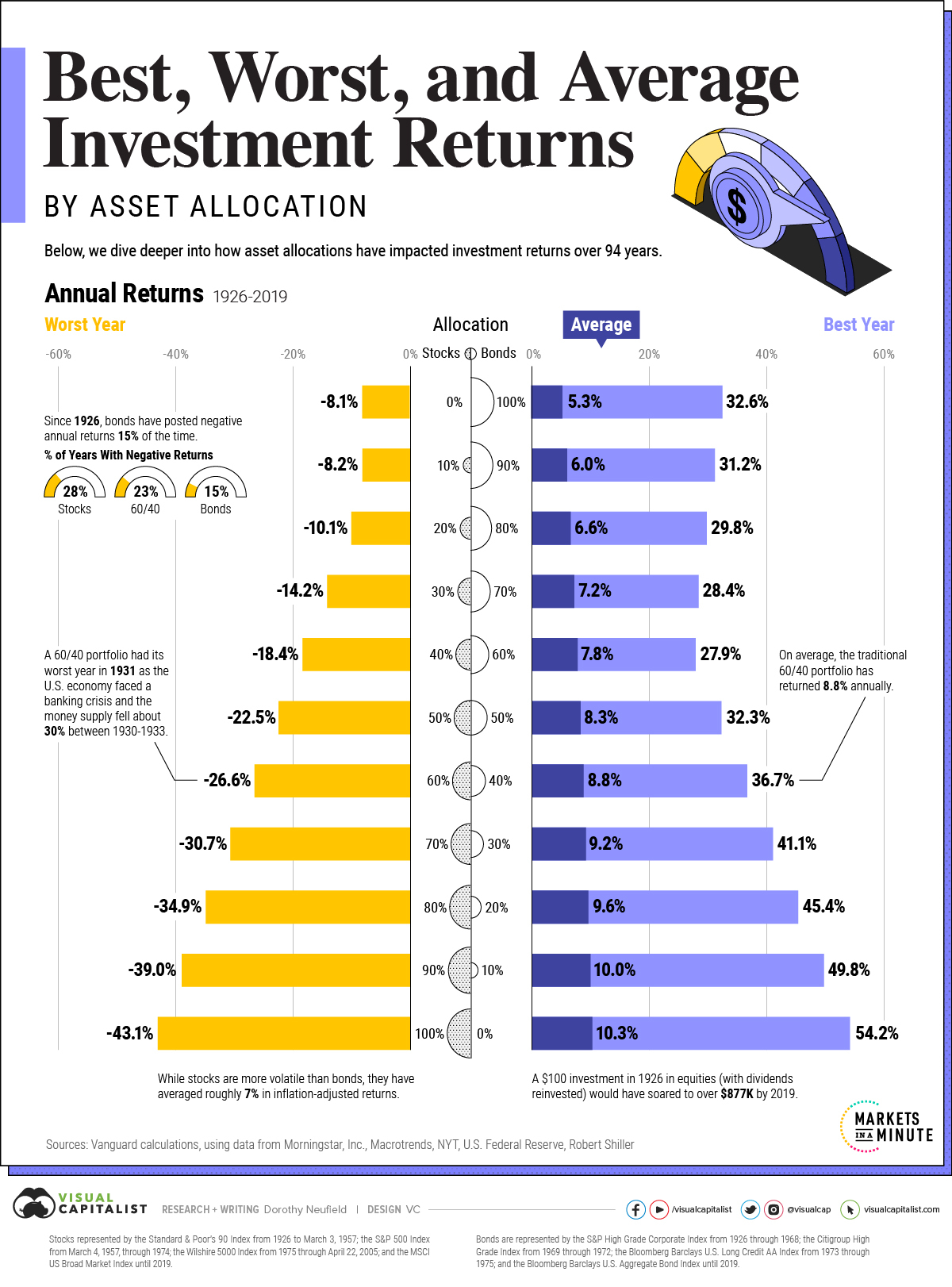:max_bytes(150000):strip_icc()/bondmarket.asp_Final-4d5fccef1ee245b2b31253bffa3d1cdb.png)
The US Treasury bond market is one of the most liquid and heavily traded markets in the world, with a vast array of investors seeking to capitalize on the stability and security offered by these government-backed securities. As a vital component of the global financial system, US Treasury bonds play a crucial role in shaping interest rates, inflation expectations, and economic growth. In this article, we will delve into the world of US Treasury bonds, exploring their prices, changes, trading volume, and daily charts to provide investors with a comprehensive understanding of this complex market.
What are US Treasury Bonds?
US Treasury bonds, also known as T-bonds, are long-term debt securities issued by the US Department of the Treasury to finance government spending and refinance existing debt. These bonds have a fixed interest rate, known as the coupon rate, and a fixed maturity date, typically ranging from 10 to 30 years. The most common types of US Treasury bonds include:
10-year Treasury bonds (T-notes)
30-year Treasury bonds (T-bonds)
5-year Treasury bonds (T-notes)
2-year Treasury bonds (T-notes)
US Treasury Bond Prices
The prices of US Treasury bonds are determined by market forces, reflecting the interactions of supply and demand in the bond market. When demand for Treasury bonds increases, prices tend to rise, and yields decline. Conversely, when demand decreases, prices fall, and yields increase. The prices of US Treasury bonds are influenced by various factors, including:
Interest rates
Inflation expectations
Economic growth
Geopolitical events
Central bank policies
Changes in US Treasury Bond Prices
The prices of US Treasury bonds can fluctuate significantly over time, reflecting changes in market conditions and investor sentiment. For example, during times of economic uncertainty, investors may flock to Treasury bonds as a safe-haven asset, driving up prices and pushing yields lower. Conversely, during periods of economic growth, investors may become more risk-tolerant, leading to a decline in demand for Treasury bonds and a subsequent decrease in prices.
Trading Volume of US Treasury Bonds
The trading volume of US Treasury bonds is a critical indicator of market activity and liquidity. The most actively traded Treasury bonds are typically the 10-year and 30-year bonds, which are widely used as benchmarks for the overall bond market. The trading volume of US Treasury bonds can be influenced by various factors, including:
Economic data releases
Central bank announcements
Geopolitical events
Market sentiment
Daily Charts of US Treasury Bonds
Daily charts of US Treasury bonds provide valuable insights into market trends and price movements. By analyzing these charts, investors can identify patterns and trends, such as:
Support and resistance levels
Trend lines
Moving averages
Relative strength index (RSI)
Some popular daily charts for US Treasury bonds include:
Investing.com
Bloomberg
Reuters
In conclusion, US Treasury bonds are a vital component of the global financial system, offering investors a unique combination of stability, security, and liquidity. By understanding the prices, changes, trading volume, and daily charts of US Treasury bonds, investors can make informed decisions and navigate the complexities of the bond market. Whether you are a seasoned investor or just starting to explore the world of fixed-income securities, US Treasury bonds are an essential asset class to consider.
Note: The information contained in this article is for general information purposes only and should not be considered as investment advice. Investors should consult with a financial advisor before making any investment decisions.
:max_bytes(150000):strip_icc()/bondmarket.asp_Final-4d5fccef1ee245b2b31253bffa3d1cdb.png)








